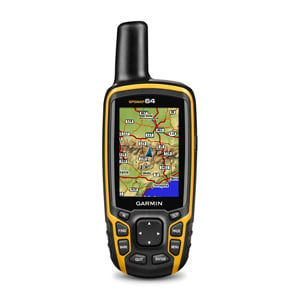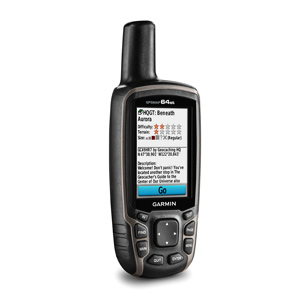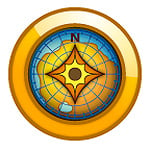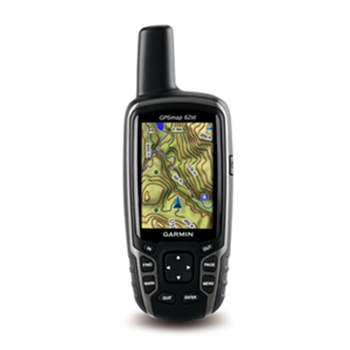I own a Garmin GPSmap 62s receiver that I use to document my hiking. I love it! And hate it!
Really, I just hate Garmin's insanely poor documentation, which means that I seem to constantly uncover (usually by accident) some capability that I never knew the receiver had. And then I wish I'd known about it a year ago.
There should be a "Garmin for Dummies" book that could tell me all this stuff. Maybe the market is just too limited, I don't know.
So I am blogging about my Garmin for my use - to have a place to document the stuff I am learning about my receiver and Garmin's companion software, Garmin Basecamp. If you use a Garmin handheld receiver, there might be something to help you, too. Your receiver doesn't have to be the GPSmap 62s. It could be a Garmin Montana or a Garmin Oregon or a GPSmap 60 (my former receiver). Documenting the various capabilities of the receiver will help me have a place to look it up again so I don't need to re-invent the wheel.
There are seemingly a million little things about Garmin receivers that never made it into their documentation. All this minutiae needs a place to reside, hence the name of the blog.
I have another blog about my various hiking experiences, found
here, usually occurring near my home in Virginia. This will be the companion to that blog.
I have owned the GPSmap 62s for over two years, buying it in the Autumn of 2011 from
REI Coop. REI has
the best return policy in the business, and I wanted the option to return the receiver if I ended up hating it. Before that, I had a
Garmin GPSmap 60cs, which I failed to properly anchor to my belt on a hike over an overgrown trail in a Virginia wilderness area. That unit has never been returned to me, though my name and telephone number shows on the startup screen when it is powered up.
After losing that receiver, I spent a week in a funk before my wife told me to get a new model. The 60 series GPS receivers have been discontinued, and after some research I decided on the newer version of this type of receiver. At the time, REI was selling it for $399.95, though it has gone down significantly since then. I know several folks who bought this same model receiver for half my purchase price at REI over Thanksgiving, 2013.
The 62S model did not come with a printed user's manual (unlike the 60cs), but one can be found
online here.
I've been thinking about putting together this blog for a long time, and because I know several folks with brand new receivers, I've decided to start it.
Future postings will discuss aspects of the 62 series receiver. If you have this unit, don't hesitate to leave a message asking what you'd like me to cover in the future.













